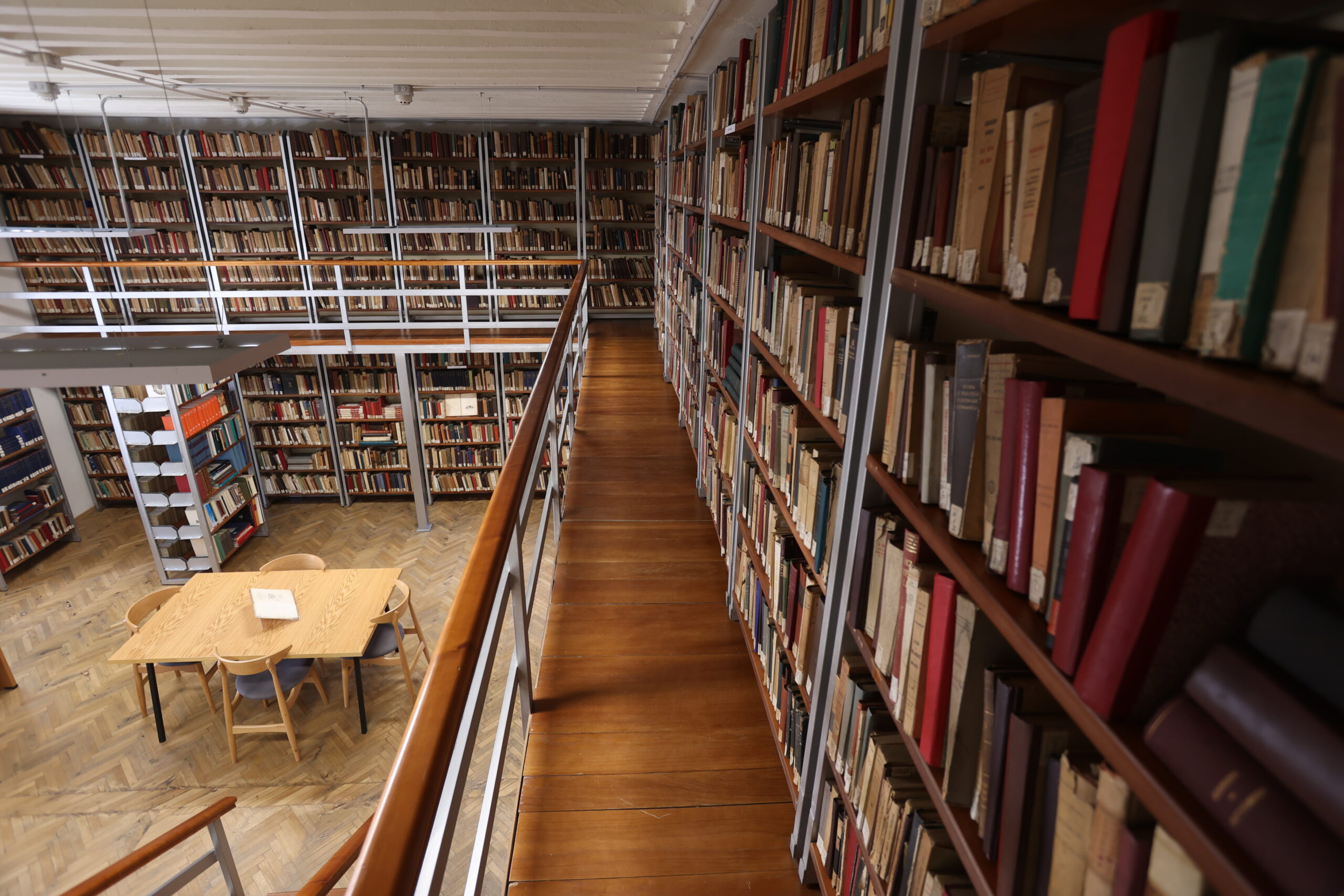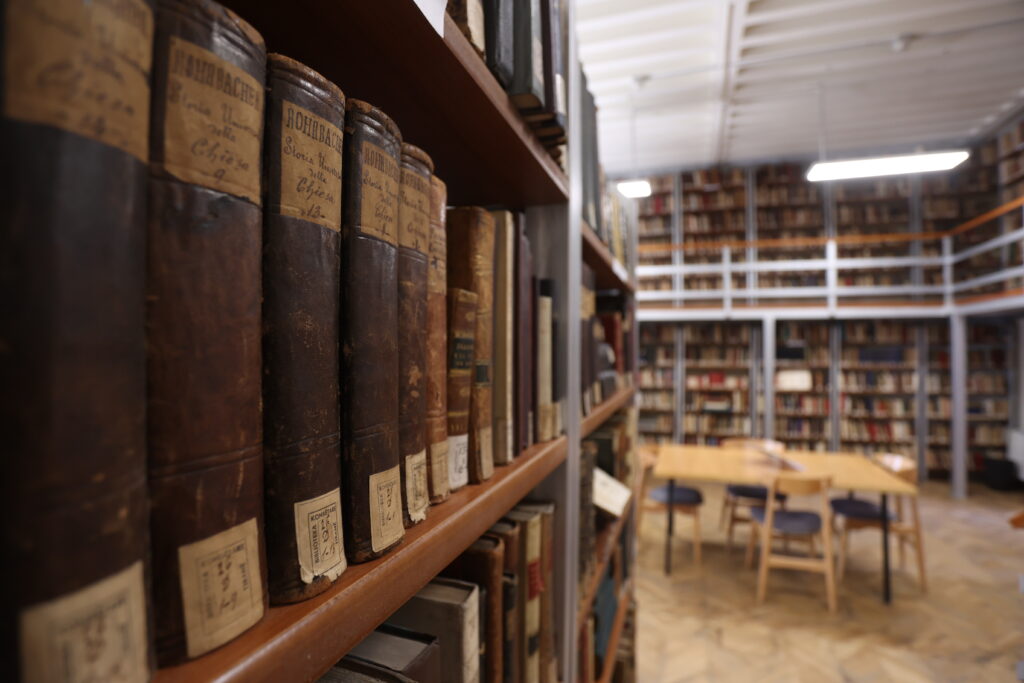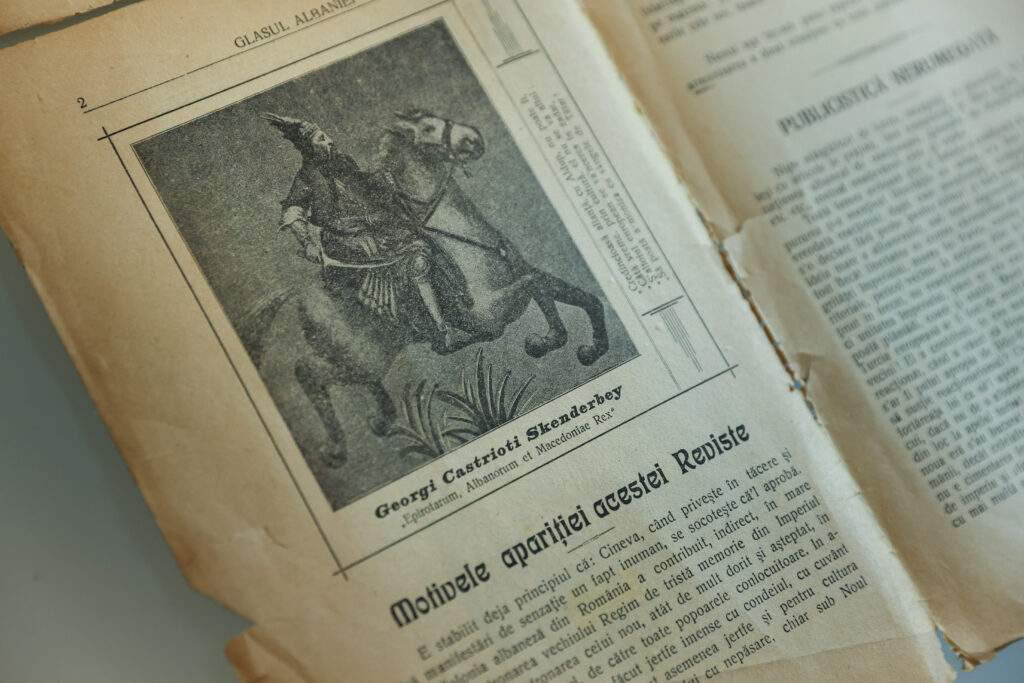Modern Technology Revolutionizes the Restoration of Rare Manuscripts

The National Library of Albania houses some of the most venerable texts in the country, including a 1531 work by Pope Pius II titled ‘A wonderful description, full of elegance and charm of Asia and Europe.’ Written in Latin before his papacy as Enea Silvio Piccolomini, this 499-page book gained prominence posthumously. Its journey from medieval Italy to Albania is shrouded in mystery, likely influenced by confiscations during the communist regime, and it is assumed to have once belonged to the Catholic clergy or Albanian nobility.


Pope Pius II, a noted humanist who sought to unify Europe against the Ottoman threat during his 1458–1464 pontificate, is just one of many European humanists represented in the library’s collection. Another notable piece is a 1645 Bible with a preface by Erasmus of Rotterdam, a key Renaissance scholar. “This library, one of the richest in the Balkans, holds extensive collections from the European Renaissance, Byzantine, and Ottoman periods. Our Venetian collection alone includes 1,200 books, manuscripts, and maps,” explains Piro Misha, Director of the National Library.
The library’s vast holdings include Bibles, Qurans, and works by Aristotle, Diderot, and Rousseau, in languages ranging from Greek and Latin to Ottoman Turkish. Misha emphasizes, ‘Our mission is not only to preserve these treasures but also to make them accessible as they embody universal values.’


Last year, EU4Culture provided the ‘Sotir Kolea’ Center of the National Library with state-of-the-art restoration equipment, including book and barcode scanners, laptops, tablets, book dust and specialized vacuum cleaners, sanitizers, dehumidification chambers, book cleaning, and deacidification machines. This equipment has revolutionized how books are restored and preserved.

“The restoration process used to take much longer. Our experts had to manually clean the books with horsehair brushes, which are soft enough not to damage the paper. Now, we have a machine that can clean several books of dust, fungus, mold, and microorganisms in 15-20 minutes. The same applies to disinfection; whereas previously we had to go through the books page by page after every exhibition, now there is a device that can disinfect 50-80 books in two to three hours. In one year, we have restored and maintained almost 600 books, documents, or publications from the 1700s to the 1940s. The equipment has significantly speeded up the restoration processes” notes Antonio Çikollari, head of the Book Maintenance Sector at the “Sotir Kolea” Center.


